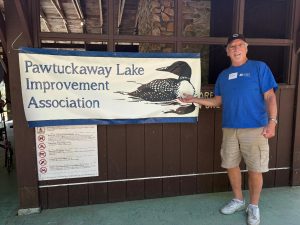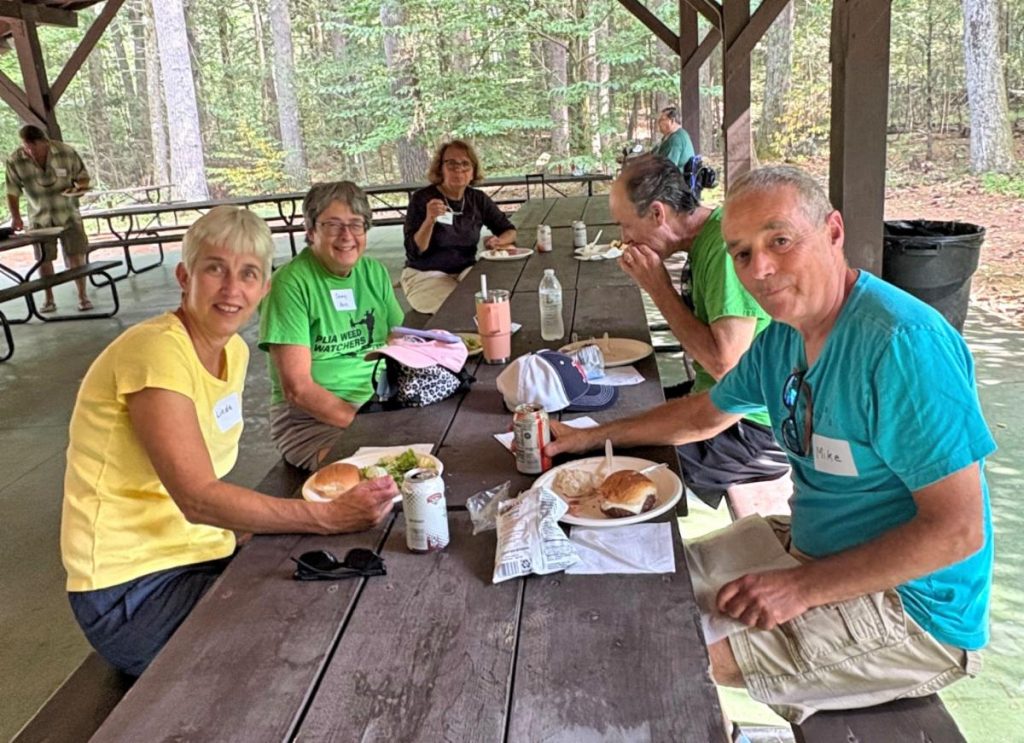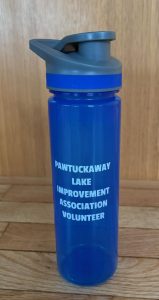Yes, it’s a thing!
September 15 – 19 is national SepticSmart Week, which was established to emphasize how important it is to take proper care of your septic system.Erin Mastine, Outreach Manager at NH LAKES, has sent a special news blast inviting all lake lovers to be part of it. We who live or vacation on Pawtuckaway Lake should heed the call!
Here is Erin’s message:
“Taking care of your septic system isn’t just about preventing unpleasant backups in your home. Failing systems can leak nutrients and bacteria into nearby water sources, contributing to harmful cyanobacteria blooms and other water quality issues in the lake you love.By maintaining what’s underground, you’re helping to protect what’s above—our clean, healthy, and beautiful lakes.
Keep reading for simple steps you can take to care for your septic system—and make a lasting difference for New Hampshire’s lakes.”
Schedule Regular Inspections and Pumping
Have your septic system thoroughly inspected—including tanks, valves, and leach fields—by a licensed professional every three years at a minimum. This helps uncover hidden issues before they become costly disasters.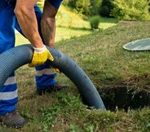
Practice Water Conservation
Spread out laundry and dish loads, install low-flow plumbing fixtures, and turn off water when brushing teeth or lathering
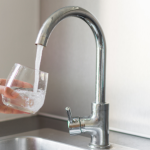
up. Small changes can reduce strain on your system.
Respect Your Drainfield
Don’t park vehicles or build structures over the drainfield. Also, avoid planting woody vegetation
within 10 feet—roots can damage underground components.
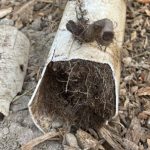
Be Mindful of What You Flush or Pour Down the Drain
Only toilet paper should go down the toilet. Avoid pouring fats, oils, paint, bleach, and other chemicals down the sink. Compost food scraps rather than using a garbage disposal.
Keep Systems Accessible
Keep the area above your septic system easily accessible for inspections and pump-outs. Think of it like blending usability with a neat, manageable landscape.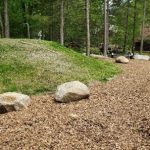
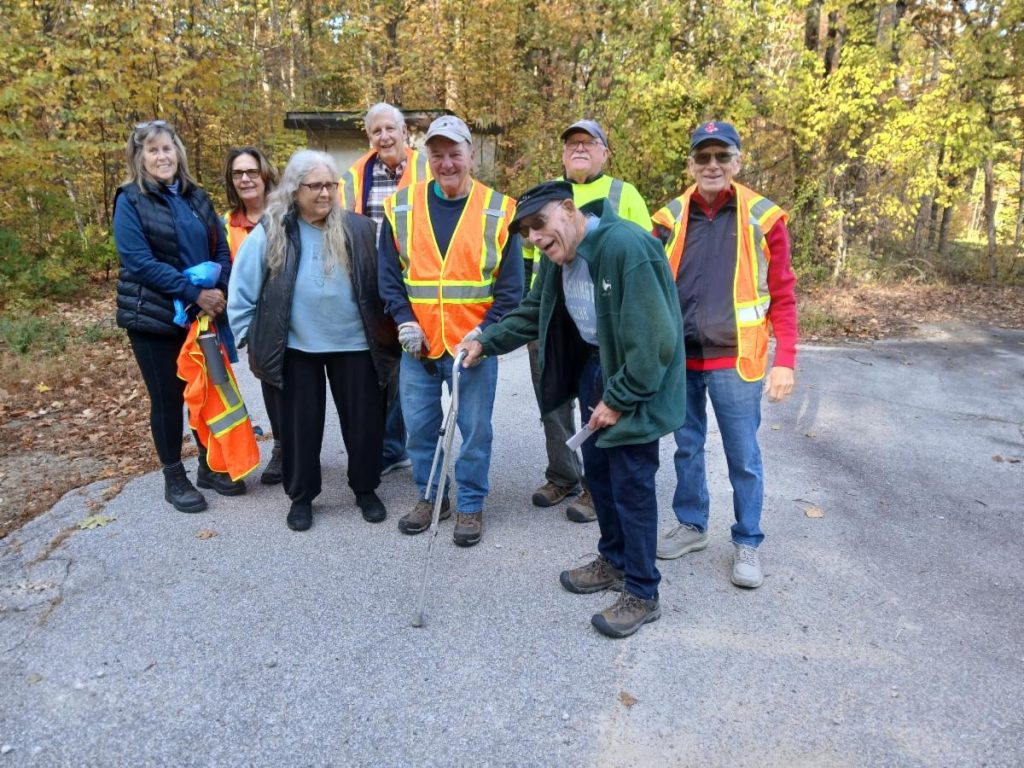 Here is organizer Pete Wawrzonek’s report: Given the robust participation we have been used to getting, it was a sparse turnout of volunteers for the Road Clean Up event on Sunday morning, October 19. Since we were so short staffed, it was essential having Steve Soreff and Therese Thompson handling some of the required paperwork and monitoring work assignments.
Here is organizer Pete Wawrzonek’s report: Given the robust participation we have been used to getting, it was a sparse turnout of volunteers for the Road Clean Up event on Sunday morning, October 19. Since we were so short staffed, it was essential having Steve Soreff and Therese Thompson handling some of the required paperwork and monitoring work assignments.

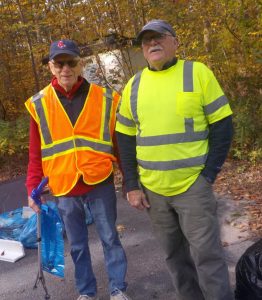
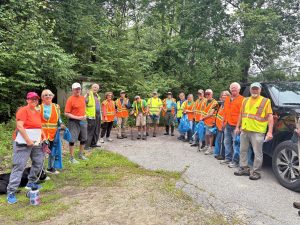 If you’d like to be, join us on Sunday, October 19, 2025, at 9:00 AM.
If you’d like to be, join us on Sunday, October 19, 2025, at 9:00 AM.




 Saturday, September 13, 2025 1:00 – 4:00 PM
Saturday, September 13, 2025 1:00 – 4:00 PM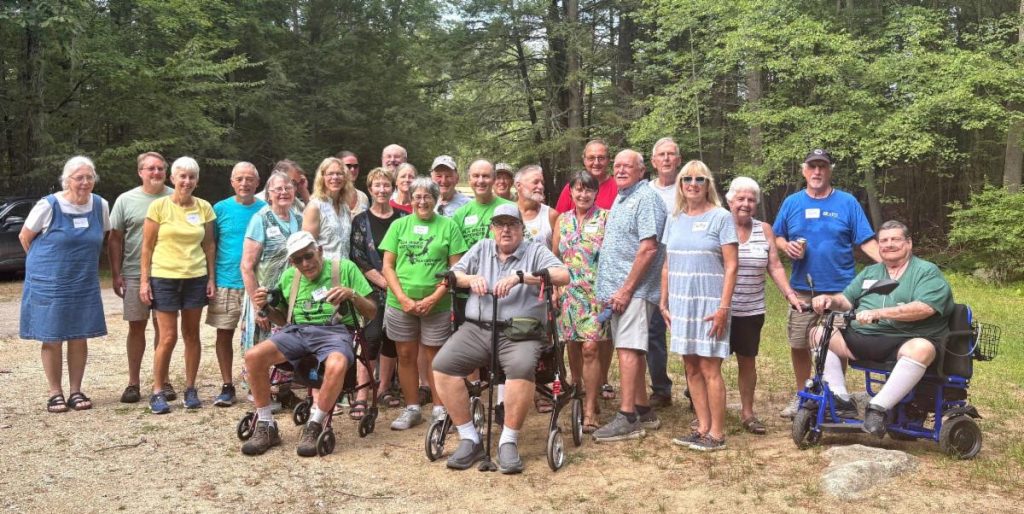

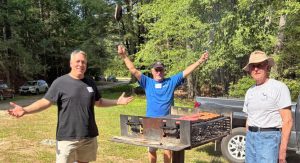 Steve Soreff got the group organized with name tags, our crew of Board members showed off their talents at the grill, and everyone got down to the business of schmoozing and dining.
Steve Soreff got the group organized with name tags, our crew of Board members showed off their talents at the grill, and everyone got down to the business of schmoozing and dining.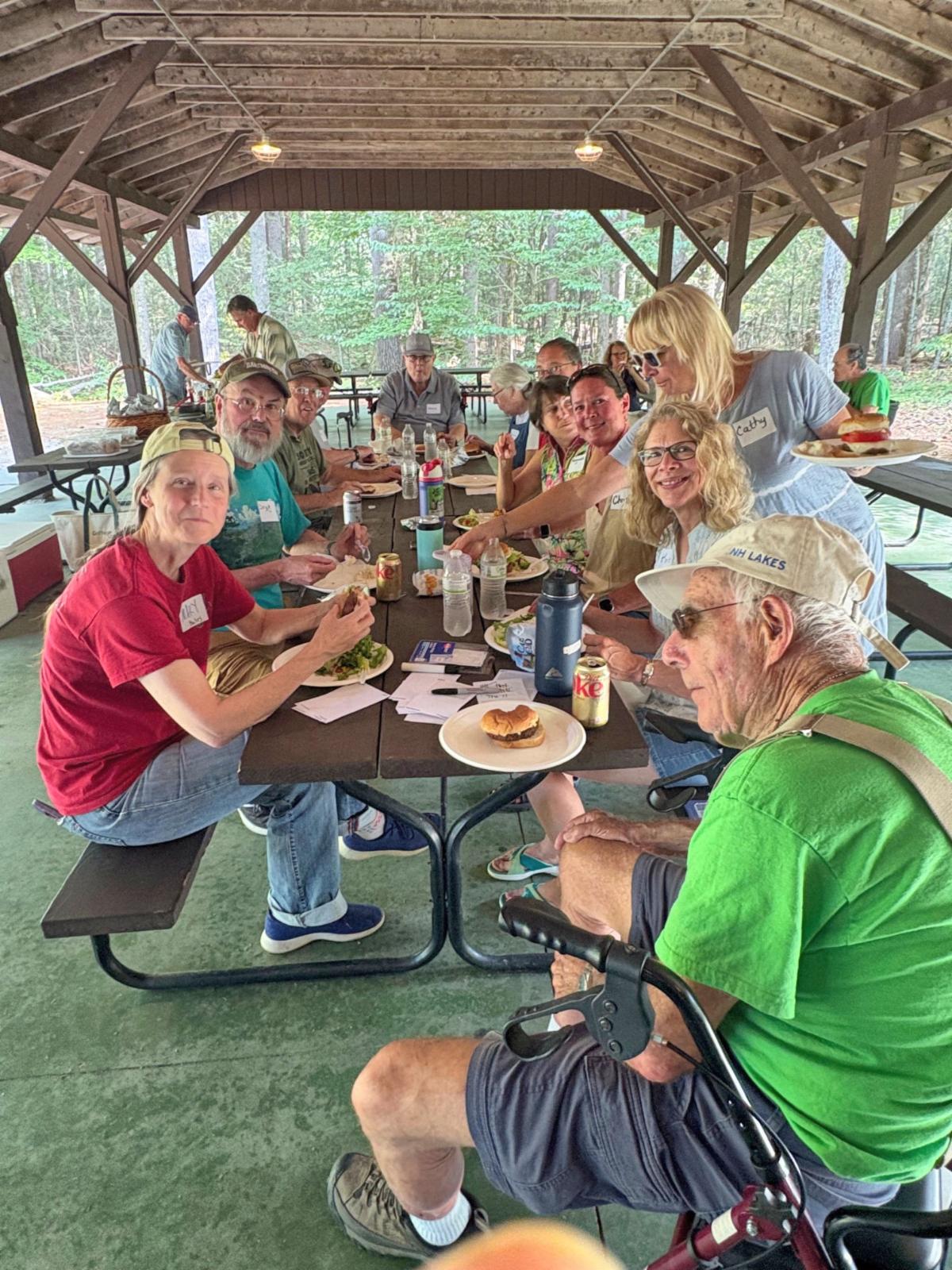
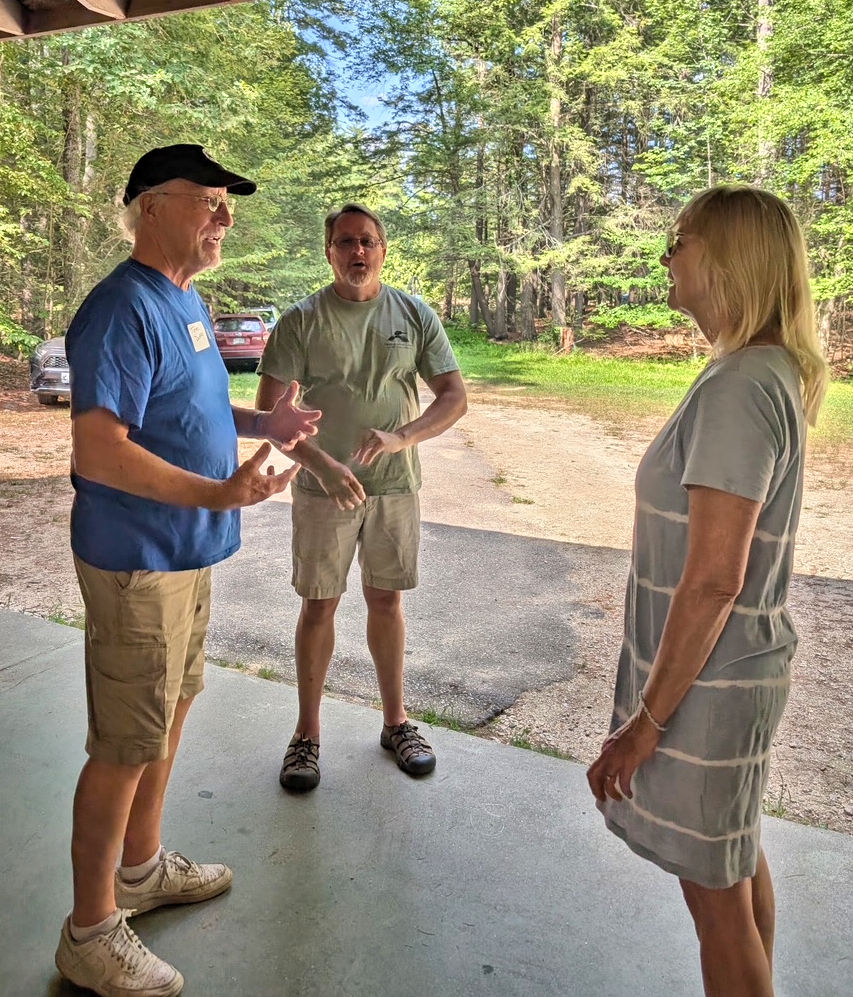
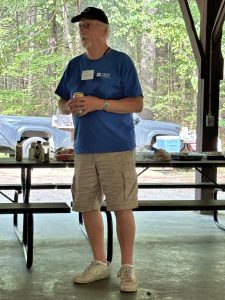
 Milfoil Team Coordinator Neil Santos outlined the work ahead of us in finding and extracting this invasive, which is returning to shallow areas of the lake in troublesome infestations.
Milfoil Team Coordinator Neil Santos outlined the work ahead of us in finding and extracting this invasive, which is returning to shallow areas of the lake in troublesome infestations.